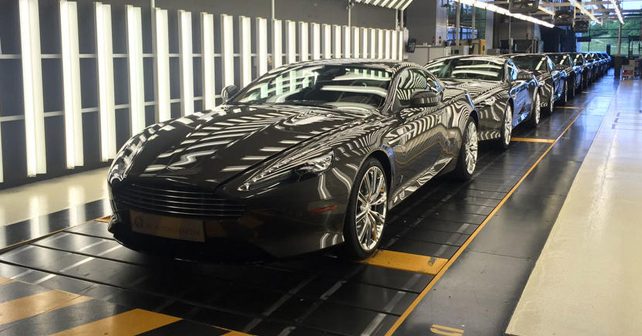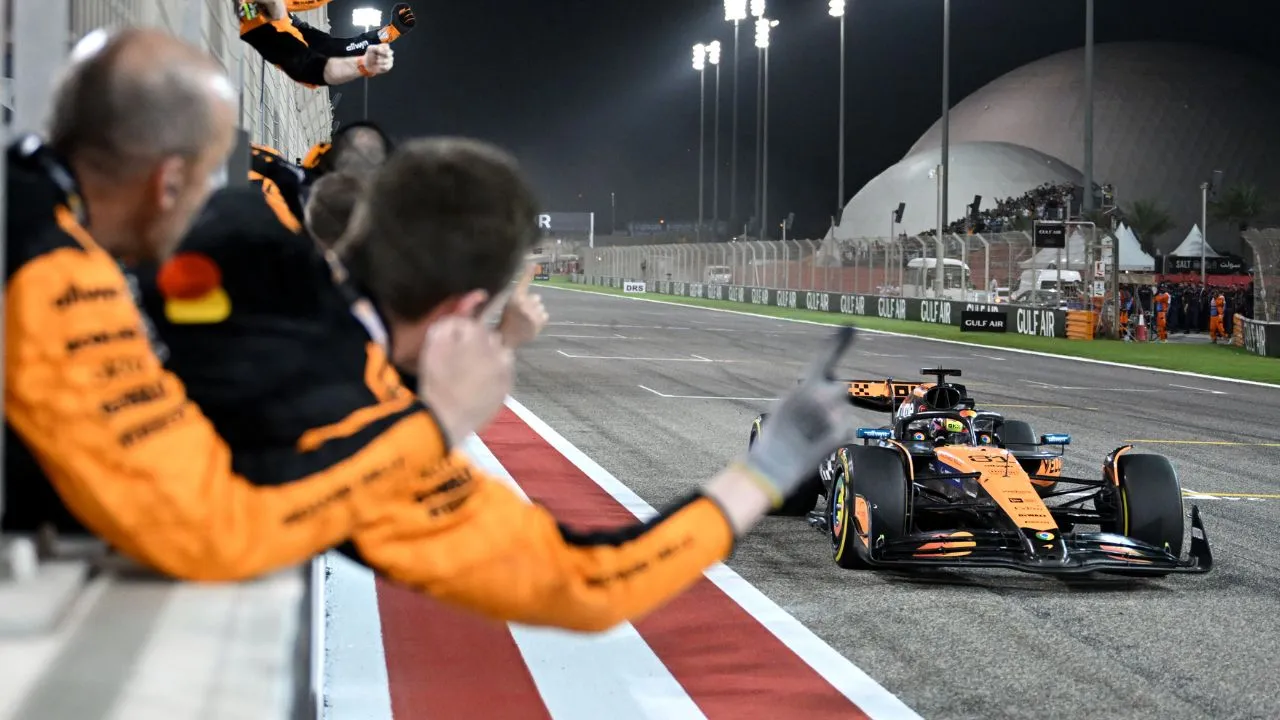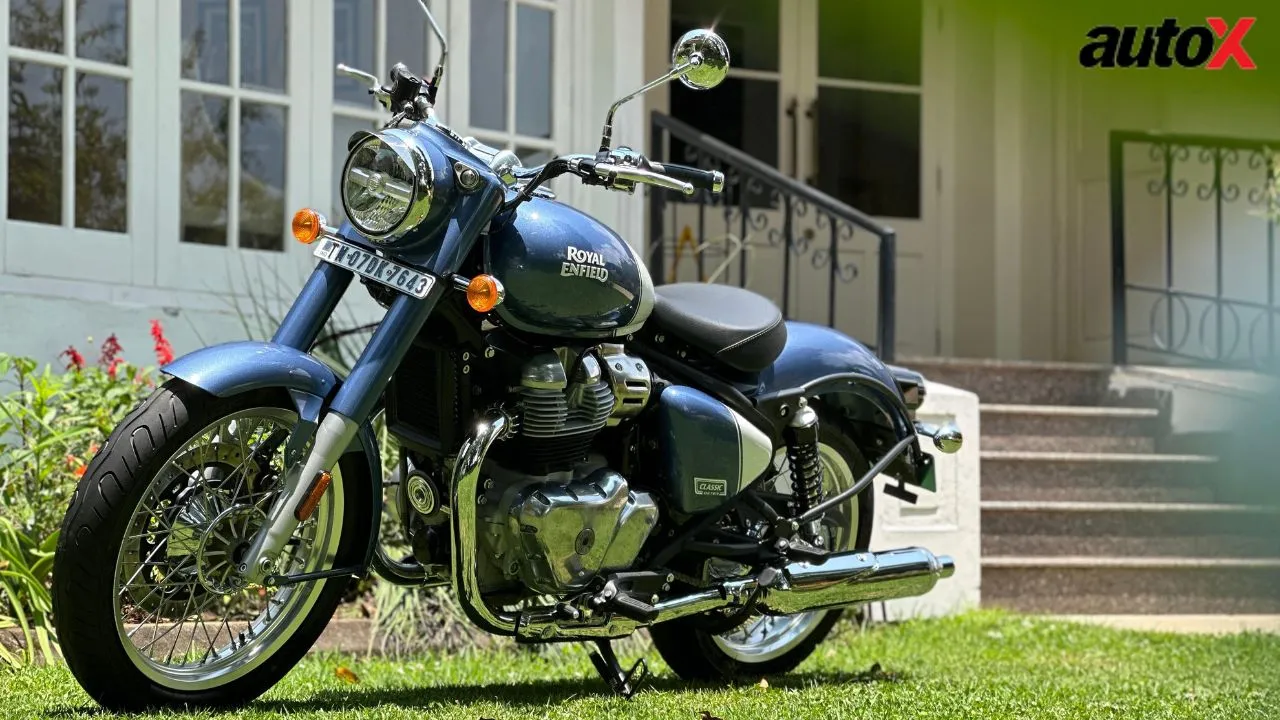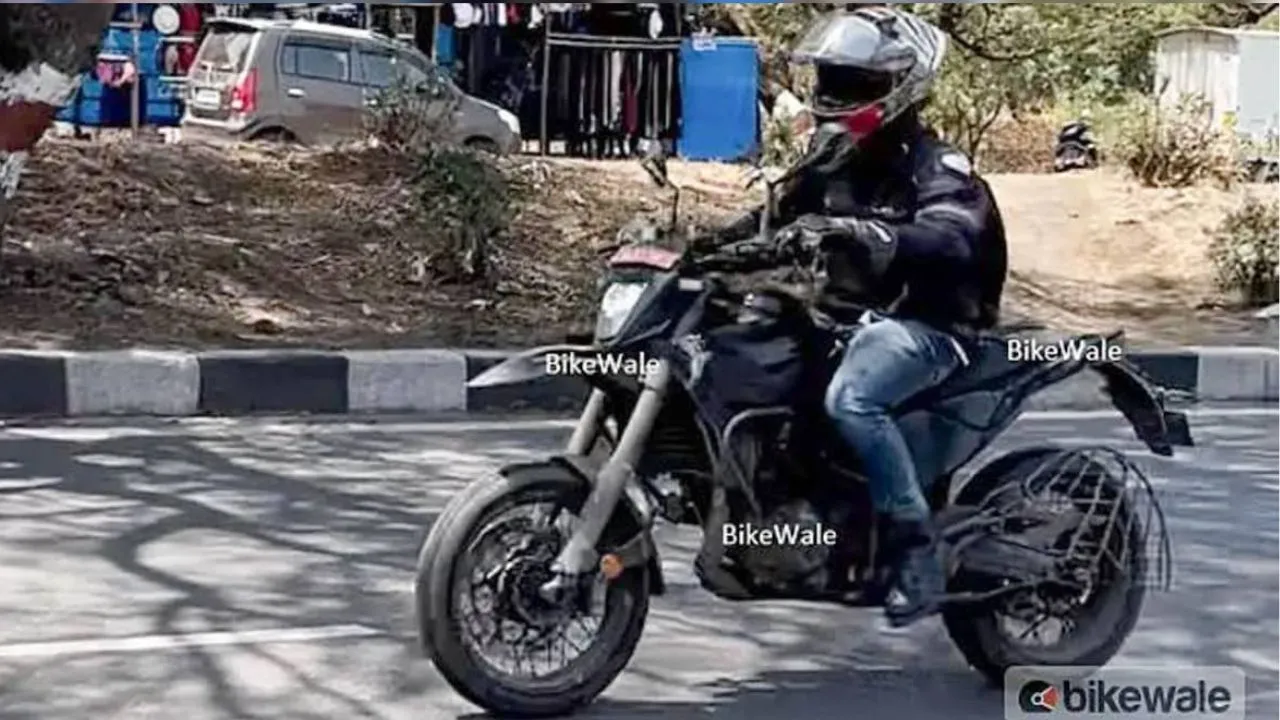Aston Martin DB9 hits the end of the road
Aston Martin rolls off the last 9 units of the DB9. Replacing the DB9 will be the all-new DB11. Production of the Aston Martin DB9 has come to an

Production of the Aston Martin DB9 has come to an end. After a 13 year long and successful stint, the last nine units of the supercar rolled off from the firm's production facility in England. The DB9 will be succeeded by the DB11, which is all set to hit the roads some time later in 2016. The sendoff models will get bespoke ‘last of 9’ detailing by Aston Martin’s Q division.
The DB9 is unarguably one of the most iconic and gorgeous looking cars from Aston Martin. Upon its launch in 2003, the DB9 marked a new beginning for the British supercar marque. Successor of the DB7, the DB9 was built from the ground up using an all new aluminium VH (vertical/horizontal) platform. In its first iteration, the DB9 came fitted with a 6.0-litre naturally aspirated V12 producing 444bhp and 569Nm. In 2013, Aston Martin tweaked the engine to produce 503bhp and 620Nm.
The DB9 was the first Aston Martin that was built at the firm’s Gaydon facility in the UK, and was made available as both a coupe and a convertible (Volante). The DB9 entered the motorsport arena with two derivatives – DB9 and DBRS9 – both of which were introduced in 2005. The DB9 also laid the foundation for various other Aston Martin models that came after it including the DBS, Rapide, Virage, V8 Vantage, V12 Vantage and Vanquish.
Replacing the DB9 is the DB11, which is based around a modified version of the company’s VH aluminium architecture. However, the DB11 junks the naturally aspirated of the DB9 in favour of an all-new 5.2-litre twin-turbo V12. The twin-turbo V12 develops 600bhp and 700Nm of torque. The interior have been thoroughly revised and modernized, too.
Also read: New Aston Martin DB11 revealed




-(1).webp)


















Write your Comment on